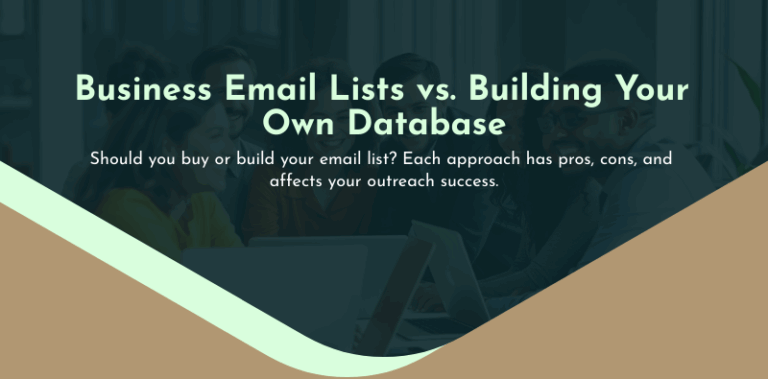
Predicting the future has been a concern for mankind since we were painting on cave walls to ensure a successful hunt. For the first time, though, our prognostications can carry real weight. Instead of using crystal balls or cards or any other tools of the fortunetelling trade, we use hard science – data-driven insights that let us predict probabilities with ever greater accuracy. That includes one of the most important predictions any business can make: Lead scoring.
How do you know which of the visitors who come to your website are likely to become customers? How do you sort them from the ones who will never buy? How do you determine the number of new leads who must convert to reach revenue goals? How do you know when a lead is sales-ready? Being able to trust the answers you get to these questions can mean the difference between surviving and thriving for many businesses, so let’s take a look at what goes into a functional, trustworthy lead scoring program.
Great Data , and Plenty of It
Your lead scoring system can only do its job when it has enough information to make informed decisions about leads’ states of sales readiness. Demographic and firmographic data, including SIC codes, company size, job title, and geographic location, have a major impact on how likely a prospect is to evolve into a customer. Add in behavioral data that illustrates a lead’s interests and how well they intersect with what you offer, and your lead ranking software can do its job well. When your lead scoring system also places behavioral data into context by tracking interest over time, it’s capable of startling accuracy in identifying the most promising leads.
Sound Modeling
Until you understand which demographic and behavioral signals are most strongly associated with conversions, your lead scoring models may need some work. That’s why collecting large volumes of data and placing it into historical context is so vital. With enough information, your marketing automation system’s able to aggregate that data and model behaviors more accurately. This need for plenty of information also underscores the need to use a system that synchs with other data sources. If you’re able to integrate your marketing data with information from your CRM, for example, you get a much deeper, broader perspective on which to base predictive models.
Insightful Interpretation
You’re collecting mountains of data, and your lead scoring system’s modeling algorithms seem to be working, yet you’re seeing unexpected results; why? The answer usually lies in interpreting the information you’ve collected. Sales readiness generally goes along with distinctive buying signals, but occasionally, changes throw off the system’s accuracy. Let’s say, for example, that a data storage company has previously had success with a lead scoring model that ranked leads’ location high. Over the last quarter, though, leads haven’t been converting at the expected pace. After looking more closely at the analytics, the data-based marketing team realizes a competitor has opened nearby, siphoning off some leads and devaluing geography as a primary indicator of high-value leads.
Having an effective lead scoring system doesn’t mean being able to plot the trajectory of every prospect who enters your orbit – yet. It will, however, be a trustworthy predictor of your leads’ sales readiness if you feed it enough of the right information and put that data into context.
© Reach Marketing LLC 2016 All Rights Reserved.



